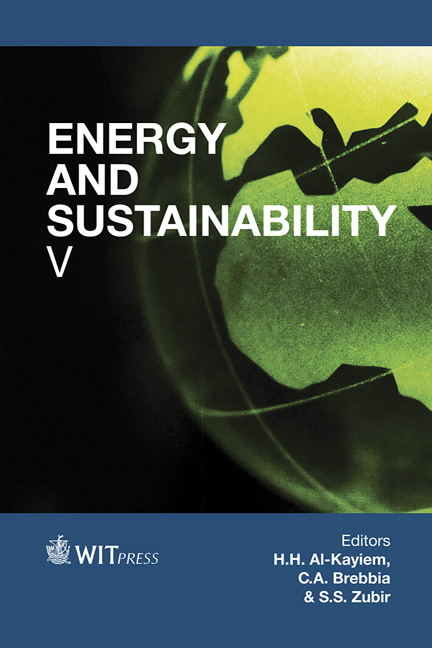Using Energy Substances As A Way To Enhance Oil Recovery
Price
Free (open access)
Transaction
Volume
186
Pages
7
Page Range
571 - 577
Published
2015
Size
430 kb
Paper DOI
10.2495/ESUS140501
Copyright
WIT Press
Author(s)
B. S. Moldabekov, R. G. Sarmurzina, G. I. Boyko, U. S. Karabalin, G. G. Kurapov, N. P. Lubchenco
Abstract
The productivity of oil wells is determined by the hydrocarbon reserves of deposits, and the qualitative condition of the bottomhole formation zone and its permeability. Known various intensification technologies of well productivity are: thermal, gas and physicochemical methods. The authors of this research developed and tested energy accumulating substances based on aluminum Rau-85, at the same time combining both physical and chemical methods of layer stimulation. Developed alloys and composites have significant advantages over known compositions. Under laboratory conditions, experiments were carried out to test the influence of aluminum alloys on the composition and properties of reservoir fluids (oil, water) Kumkol’s field. The studies were conducted at atmospheric pressure and at a process temperature of 20ºC. Experimentally, it was shown that the oxidation of the Rau-85 by water-oil emulsion at the temperature of 20ºC is characterized by an inductive period (3–4 minutes) with a further self-heating of up to 65ºC and releasing of heat and gases. Collected gases were analyzed by a chromatograph GC-1000 Chromos. The gas composition contains a considerable amount of hydrogen, methane, butane, oxygen and CO2. The content of other gases is negligible. Analysis of the physicochemical properties of the oil obtained after processing by Rau-85 shows that in comparison with the untreated oil density they increased from 0.809 to 0.812 g/cm3, and the kinematic viscosity decreased from 9.66 to 7.99 mm2/s. Yield of light fractions of up to 180ºC increased by 4%. Fractions were analyzed according to ASTM D 5292-99 NMR spectrometer BrukerAVANC 3-400. It is shown that the content of aromatic hydrocarbons in the fraction of up to 120ºC increased, and the fraction above 180ºC decreased. The presence of gases such as oxygen, CO2, methane and other low-molecular hydrocarbons indicates the process of cracking and oxidation. It is known that one of the areas of enhanced oil recovery is where injected gases and heating oil are found in the reservoir. According to this, the use of reactant Rau-85 will lead to enhanced oil recovery.
Keywords
enhanced oil recovery, thermo chemical well treatment, energy accumulating substances





